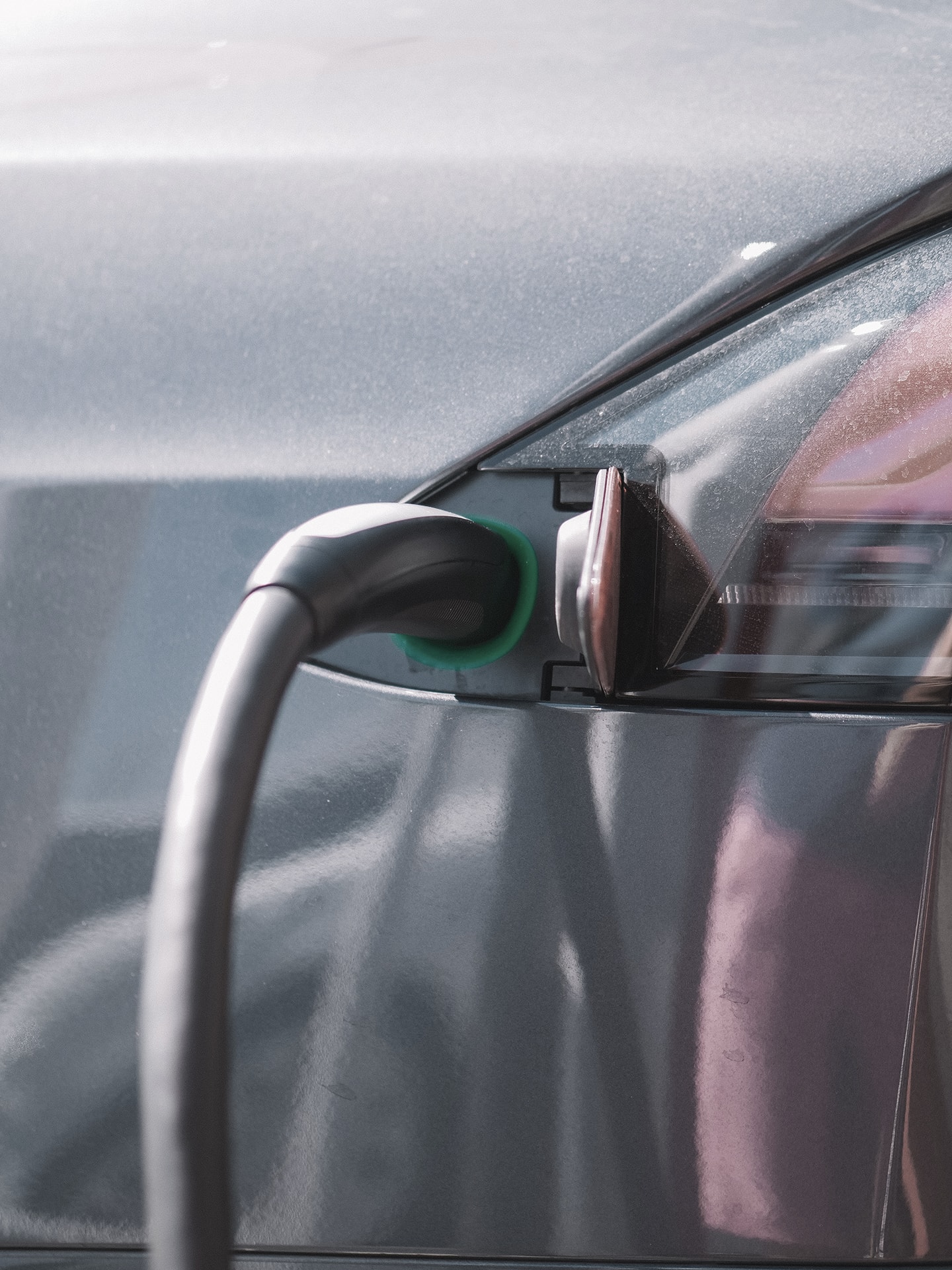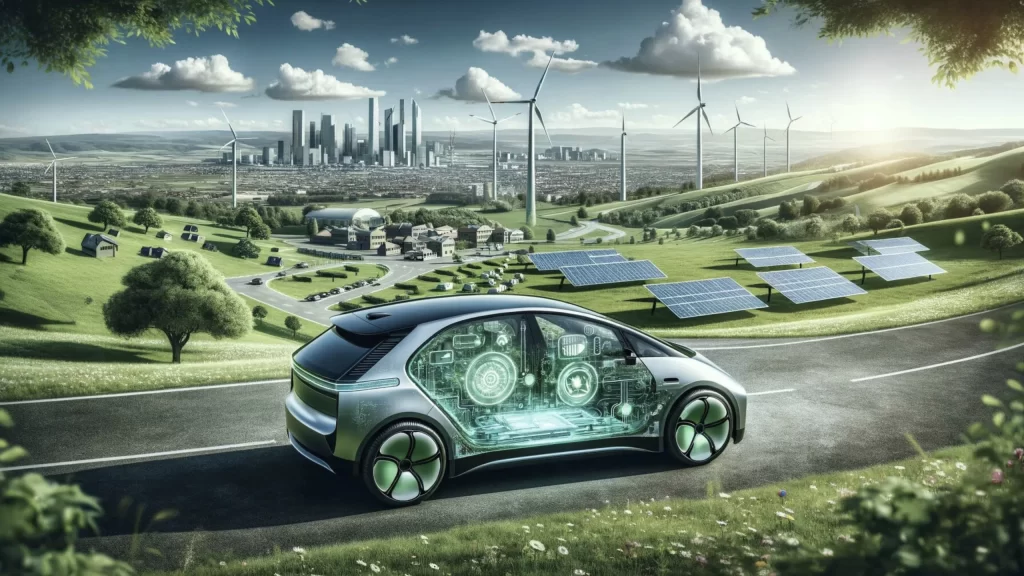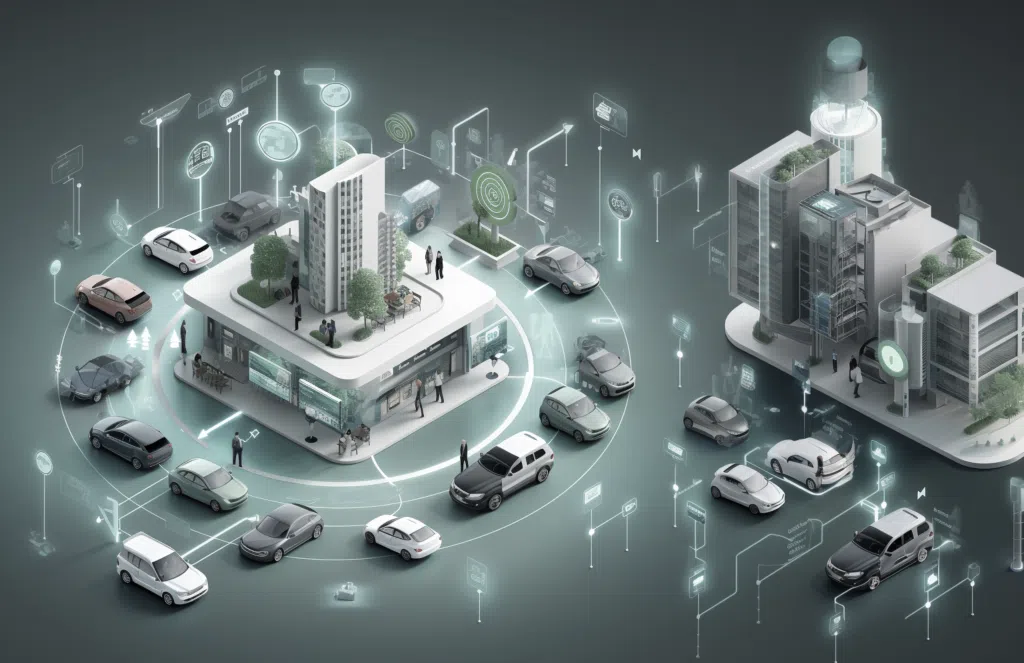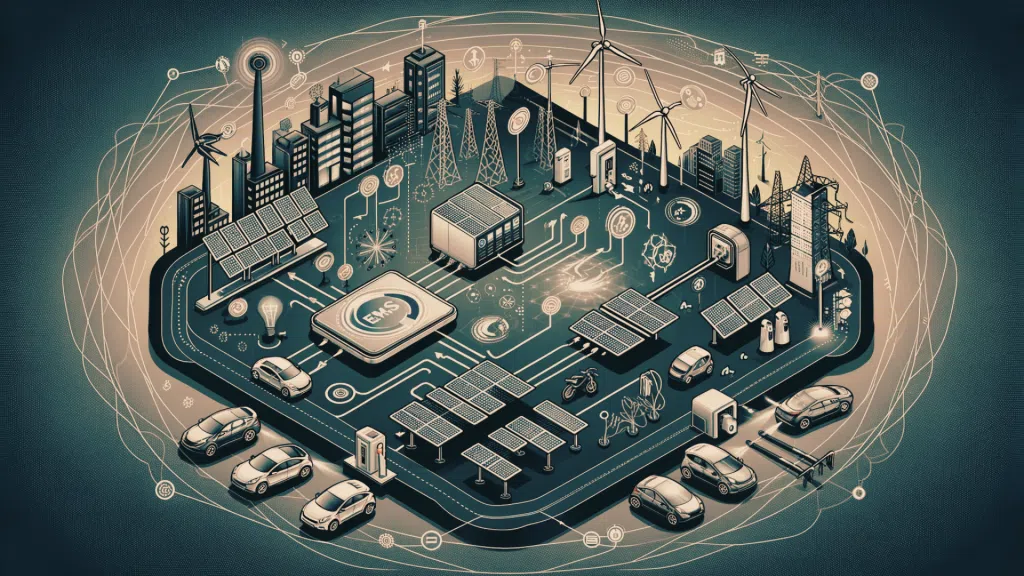The Impact of EVs on The Grid
The ascent of electric vehicles (EVs) heralds a new era of mobility but also presents challenges for our existing power grids. The surge in electricity demand due to EV charging can strain the grid, especially during peak hours. Moreover, the localized demand spikes can affect the distribution infrastructure, potentially leading to overloads and outages if managed properly. However, with smart grid technologies, these challenges can be transformed into opportunities.
How EVs and smart grid technologies interact:
- Load Management: Smart charging mitigates grid overloading risks by scheduling charging during off-peak hours or redistributing the load.
- Vehicle-to-Grid (V2G) Integration: EVs act as mobile energy storage, feeding energy back into the grid during high-demand periods and charging during low demand.
- Renewable Energy Integration: EVs absorb excess renewable energy, aiding in the creation of a resilient and sustainable energy ecosystem.
- Infrastructure Upgrades: The growing EV adoption necessitates more charging stations and distribution network enhancements
- Data Analytics and Predictive Maintenance: Predictive analytics optimize charging schedules and forecast demand, bolstering grid stability and reliability.
These interactions between EVs and smart grid technologies are vital for transitioning to a sustainable and electrified transportation ecosystem, unlocking the full potential of EVs in harmony with the grid.
At EVesto, we not only empower our clients with actionable data for load balancing, smart charging, predictive analytics, and strategic infrastructure planning but also prioritize cybersecurity. We’re deeply committed to ensuring grid stability and protecting against cyber threats.
Deep dive into strategies and features that can be incorporated:
- Demand Response Management:
- Load Balancing: Implementing sophisticated algorithms to distribute the charging load evenly across the grid, averting overloads during peak hours.
- Dynamic Pricing: In developing stages, dynamic pricing can incentivize off-peak charging by offering lower rates during low demand.
- Integration with Renewable Energy Sources:
- Green Charging: Prioritize charging from renewable energy sources to reduce the carbon footprint of EV charging.
- Energy Storage Integration: Integrate with energy storage systems to store renewable energy for later use in charging.
- Smart Charging:
- Scheduled Charging: Allowing users to schedule their charging sessions during off-peak hours significantly reduces grid strain.
- V2G (Vehicle-to-Grid) Integration: V2G capabilities enable EVs to feed energy back into the grid during high demand, promoting a bidirectional energy flow.
- Predictive Analytics:
- Forecasting: Harnessing data analytics to forecast demand patterns, aiding in the optimization of grid operations
- Predictive Maintenance: Utilizing predictive algorithms, CPOs can anticipate and pre-empt issues before they occur, ensuring a smooth operation.
- Infrastructure Planning:
- Optimal Site Selection: Data analytics can spotlight optimal locations for new charging stations based on demand patterns and grid capacity, ensuring the infrastructure grows intelligently with the demand
- Interoperability and Standardization:
- Open Standards: Although yet to be fully realized, adopting open standards can ensure interoperability between charging networks and grid systems.
- API Integration: Open APIs can facilitate integration with other systems, creating a cohesive ecosystem.
- Remote Monitoring and Control:
- Real-Time Monitoring: Real-time monitoring of charging stations can swiftly identify and address issues.
- Remote Control: Enabling remote control of charging stations can manage load and avert grid instability.
Collaborating with innovative partners is key to moving towards Grid Harmony. Our partnership with Ampcontrol is a big part of this. The technical work we do together opens up many benefits for our customers, like lower energy costs and reliable charging, thanks to Ampcontrol’s smart charging and energy management software.
Here’s how this collaboration helps in achieving Grid Harmony:
- Optimized Charging: Ampcontrol’s software smartly schedules charging times, avoiding high energy use during peak hours, which lowers costs for our customers.
- Peak Demand Shaving: The software helps avoid energy use during peak times, which is good for the grid and EV owners. This reduces grid stress and lowers energy bills.
- Better Energy Management: Ampcontrol’s energy management aligns well with EVesto’s goal of a sustainable and reliable energy system. This helps tackle the challenges of integrating EVs into the grid.
- Data-Driven Insights: Combining data from both platforms helps in planning and making sure the charging system grows well with the increasing EV market.
- Benefits for Customers: This partnership offers customers a strong, cost-effective, and reliable charging solution, making EV charging easy and beneficial.
Also, as we use more data, EVesto’s strong security measures protect against cyber threats. Our blog post discusses our strong focus on EV charger security and keeping data safe.
Working with Ampcontrol and other EMS solutions brings us closer to a future where smart grid tech and electric vehicles blend well, creating a balanced, sustainable energy setup. This partnership not only tackles current challenges but also sets a solid base for the promising path ahead in EV space, making it easier for our customers to move towards grid harmony.
At EVesto, we are at the forefront of delving into and implementing smart grid technologies to weave a harmonious interaction between EVs and the power grid. Our relentless efforts in advancing charge point management software mirror our unwavering commitment to nurturing a sustainable and reliable energy ecosystem. The path towards Grid Harmony is spread with challenges and opportunities, and we at EVesto are steadfast in our resolve to navigate through them, carving out a greener future for all.
This blog highlights how EVs affect the grid and how smart grid technologies, driven by innovative strategies, play a key role in creating a smooth connection between the grid and EVs. As we move forward, combining these technologies will help overcome challenges and lay the groundwork for a more sustainable and electrified transportation future.






